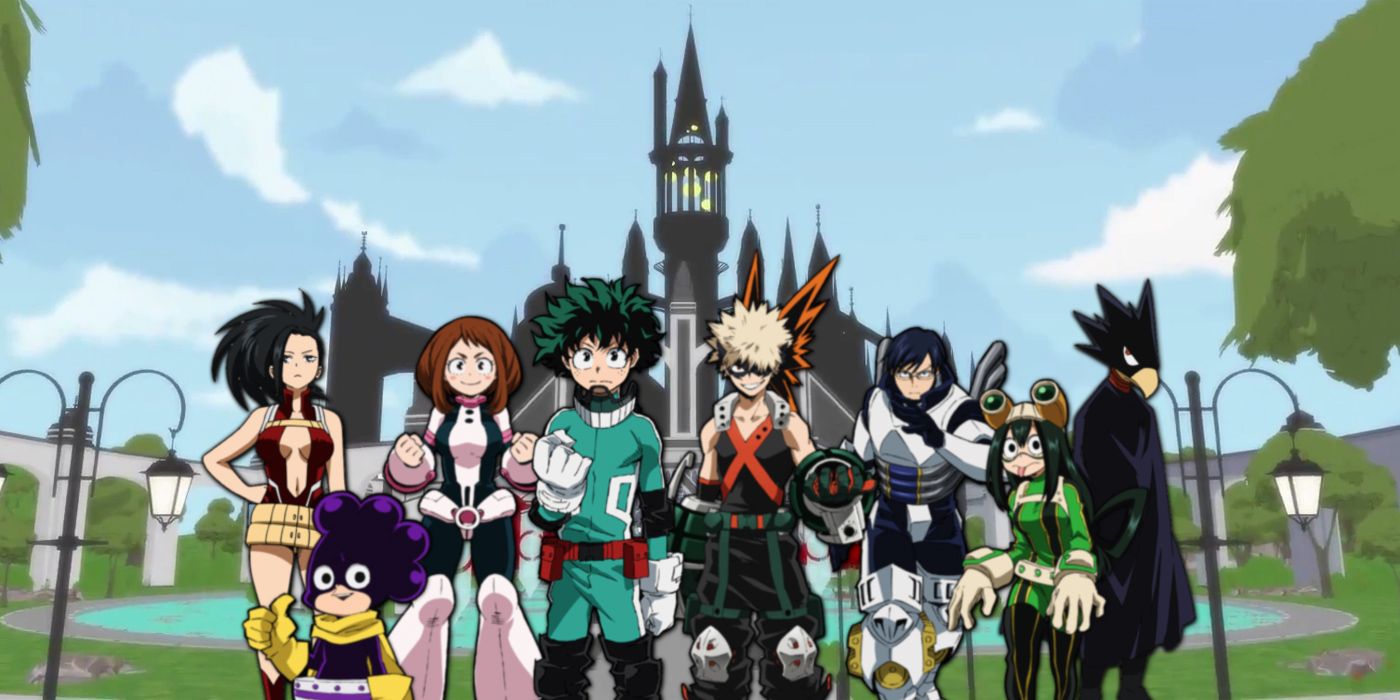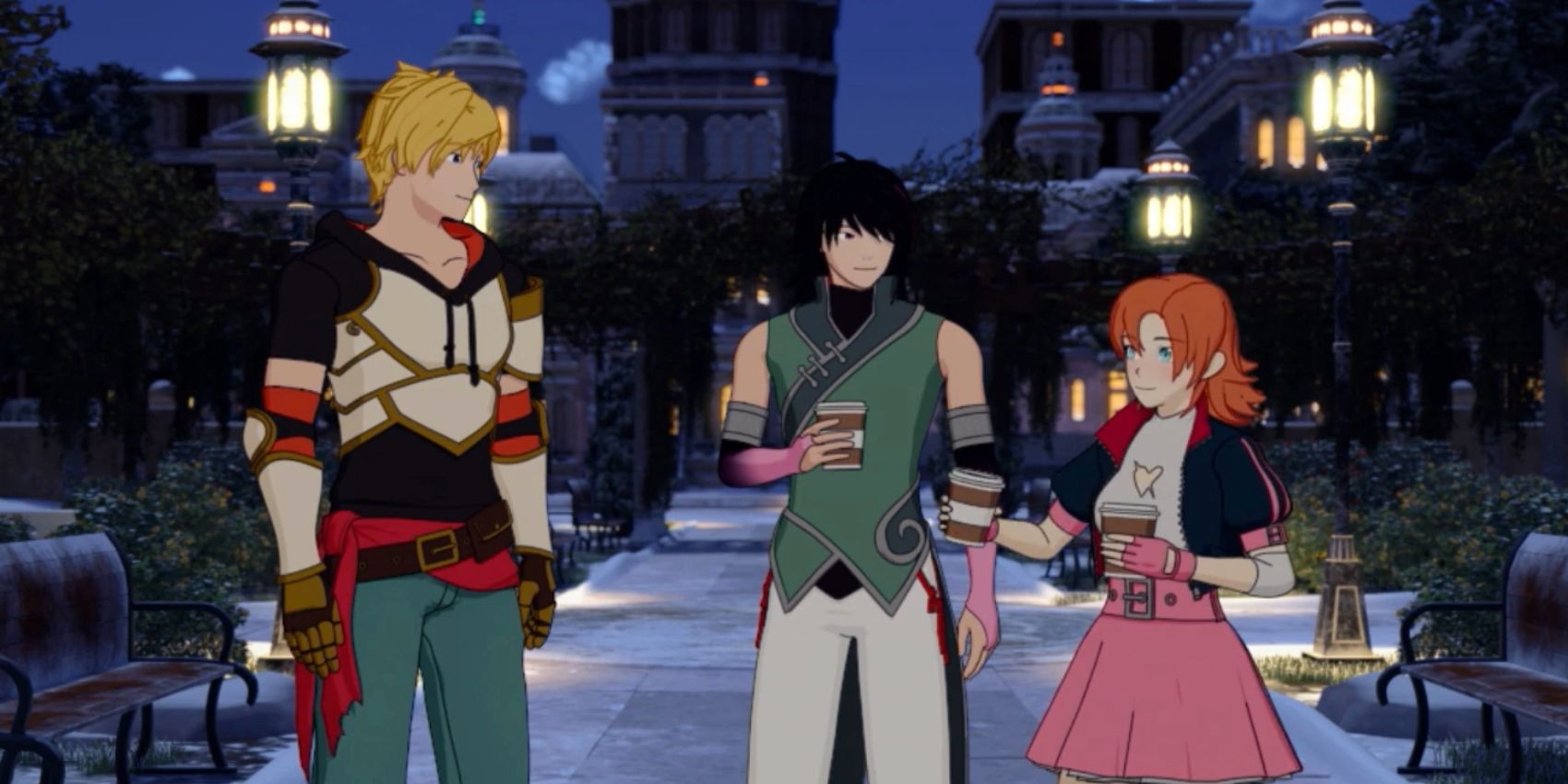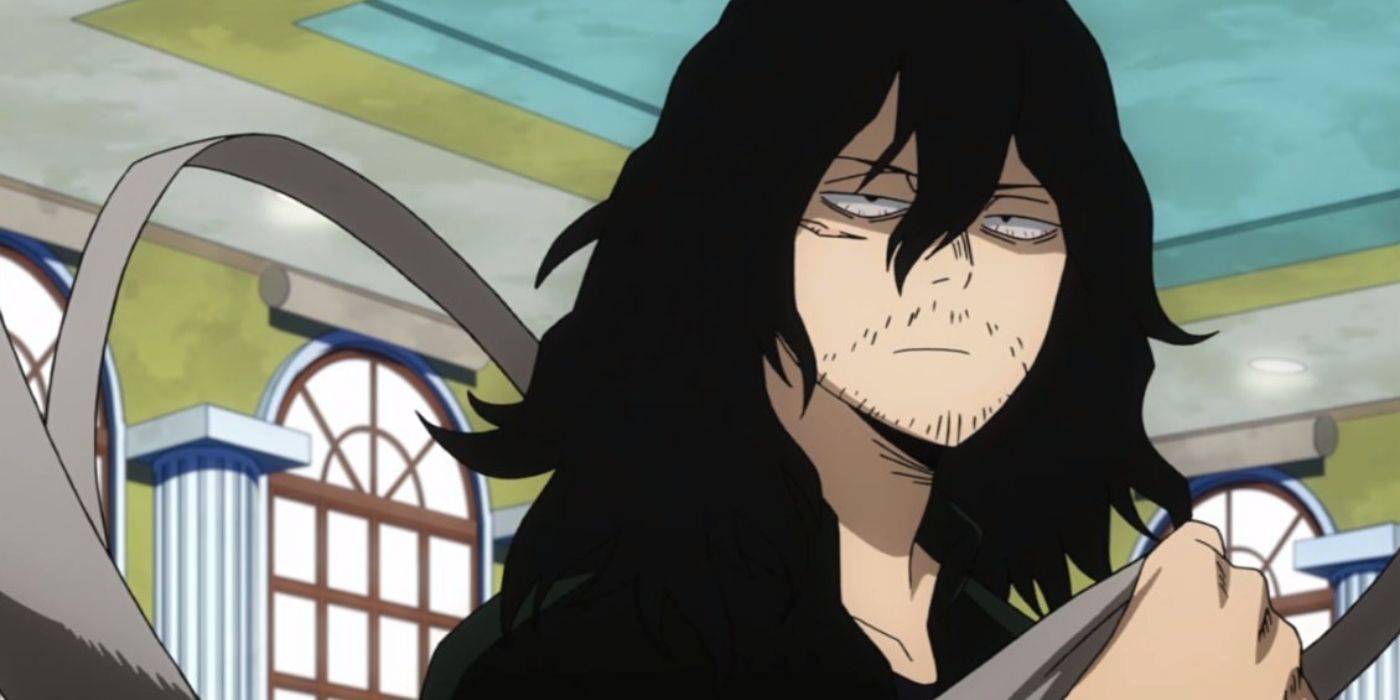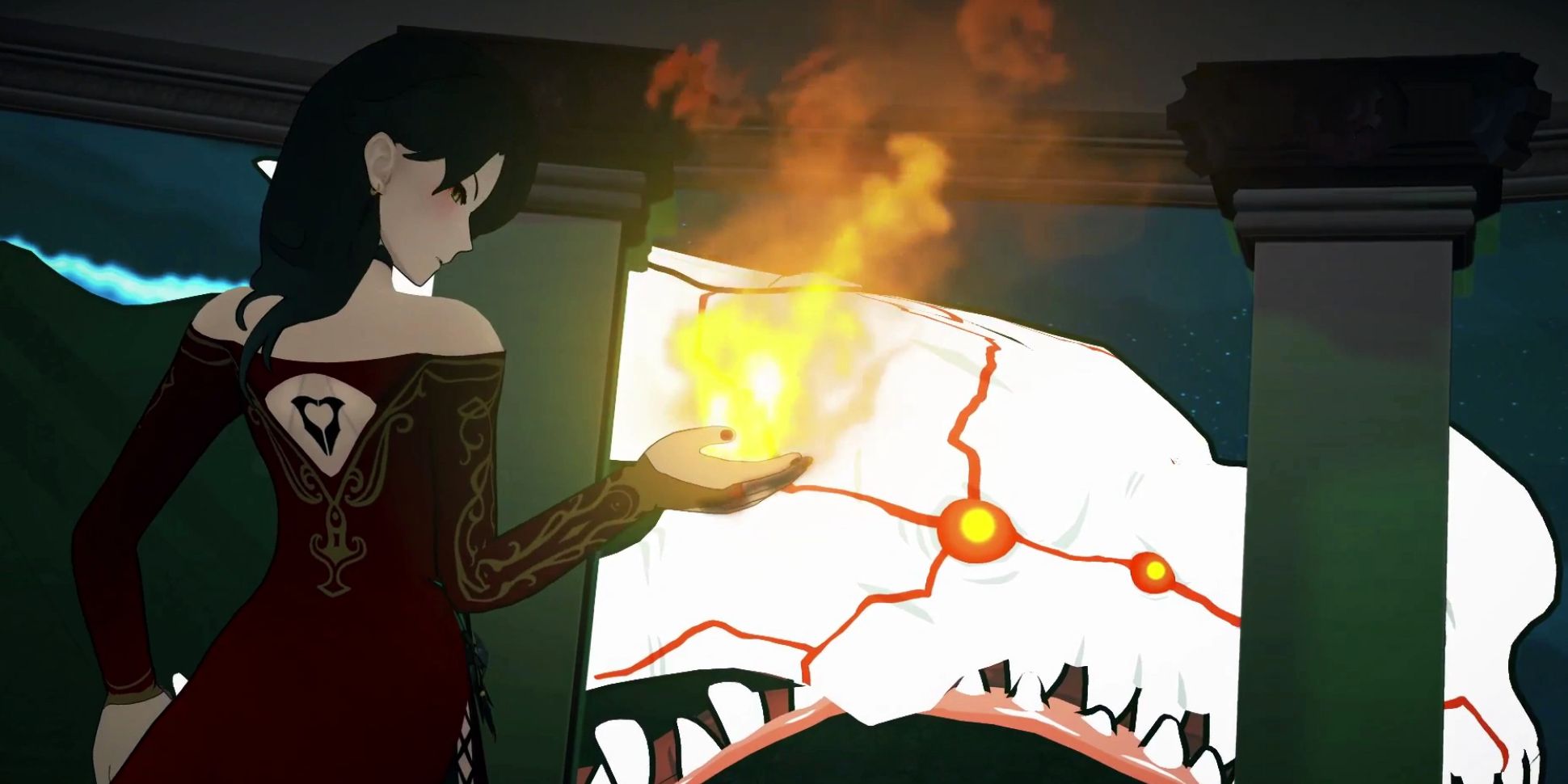Heroes always need to learn the tools of their trade before being let loose on the wider world. This is why so many fictional worlds, like the ones in My Hero Academia and RWBY, feature hero academies, in which teachers -- experienced heroes who have confronted evil in the past -- can train the next generation to replace them and keep the world a safer place.
While most of these come from young adult novels and films, such as Harry Potter's Hogwarts or Percy Jackson's Camp Half-Blood, manga and anime have their fair share, too. Two of the most notable are the U.A. High School from My Hero Academia and Beacon Academy from RWBY. While both, on the surface, are rather similar to other magic/superhero schools, both institutions have their own unique ways of pushing their students to extremes to be the best and handle the obstacles that lie ahead for them.
But which school does a better job at this? Let's examine both to find out whether U.A. is the better school for fledging heroes, or if Beacon Academy is truly as great as its reputation suggests.
Acceptance Process
Beacon Academy has a strange tendency to not properly screen new applicants. A student like Jaune can fake transcripts and manage to gain entry, while Ruby Rose skips two grades and still gets in, just by fighting off a few adversaries. Because we understand so little about Beacon's application process, the only evidence we have to go on indicates that it isn't super strict about who can successfully enroll, and therefore, not that prestigious. Arguably worst of all, actual villains like Cinder Fall manage to take up residence in Beacon, infiltrating the school as spies. While Cinder does not become a student proper at Beacon -- she and her allies pretend to be visiting students for a competition -- she is allowed to stay unvetted.
On the other hand, U.A. has an incredibly stringent application process. Much like Ruby Rose, Midoriya proved himself in front of a U.A. teacher by stopping a villain. But, he still had to apply like all the rest. With the exception of select students who enter due to "special recommendation," every applicant to U.A. needs to finish a practical and physical examination. Even upon entering, however, a teacher can expel a student within the first few days just for not living up to snuff. Supposedly, Aizawa has expelled numerous students for not living up to his standard.
This indicates that Beacon Academy will let pretty much anyone in without really testing them first. U.A., however, is far stricter about who it lets in because only those who can handle the difficulties ahead should be there.
Classwork and Teachers
Classwork in both RWBY and My Hero Academia are structurally very similar. There are oral lessons mixed with practical tests, with U.A. adapting a Japanese-inspired structure and Beacon, despite RWBY being heavily influenced by anime, basing its classes more like a western university lecture hall. However, in this case, yet again, there is a clear superior school: U.A.
Classes in U.A. always have a very practical focus, in which we see students at U.A. learning how to push their skills to the limit in a safe, heavily moderated setting. They also go to a summer training ground to experience specialized lessons designed to help hone their skills. School-mandated internships with established pros help them train outside the classroom. Midoriya learns to first control One-For-All, for instance, during his internship with Gran Torino.
Likewise, the teachers at U.A. take a personal interest in each of their students. Aizawa and All Might have one-on-one talks to students, tailor-made to their needs. Every student is helped in their own, unique manner.
All of this contrasts heavily with Beacon Academy, where many lectures are rambling, unfocused messes. Professor Peter Port, in particular, spends more time bragging about himself than actually teaching his kids anything. Most of the lessons the students learn while in Beacon have very little to do with their teachers, but rather, are formed by being dumped in horrible, extreme circumstances. The first lesson in Beacon, for example, which pits students against dangerous enemies, could kill a fully grown Hunter, much less a Hunter in training.
The teachers of Beacon do, on occasion, offer some personalized advice to their students. Using Professor Port as an example, he gives advice to Weiss when she struggles to determine her role on Team RWBY. However, the advice given is often general and indirect. The lessons are not nearly as in-depth or thorough as the ones students receive in U.A.
This apathy toward the safety of its students stands in direct contrast with U.A., where teachers like Aizawa constantly strive to provide challenging yet safe environments for students to flourish in. Consider this: what did Jaune learn from classes in RWBY that Phyrra didn't also teach him? How did Team RWBY actually grow at school? The truth is that they learned from practical combat experience, not from their lessons.
School Safety
Neither school in My Hero Academia or RWBY is totally safe. The League of Villains has invaded U.A. multiple times and, come Season 3 of RWBY, Beacon is obliterated by a similar villainous invasion. However, there is a distinct difference between the safety levels of U.A. and Beacon; more specifically, that U.A. at least tries to be safe, while Beacon... not so much.
Again, the first lesson in RWBY involves throwing children off a cliff and dumping them into a murder pit of monsters, unsupervised. This is somewhat similar to the Season 3 Summer Camp arc in My Hero Academia, where U.A. students are also thrown into a forest full of monsters. However, the environment there is entirely controlled by the heroes since the monsters in question are manifested by the Wild Wild Pussycats. They aren't wild animals.
Furthermore, while U.A. does get infiltrated multiple times, the school goes out of its way to stop this from happening with its multiple security precautions -- including moving the kids to dorms in response to public concerns. Yes, a villain like Gentle Criminal can still figure out a way to break into the school campus, but that doesn't change the fact that U.A. actively tries to protect its students.
Beacon Academy, on the other hand, has very little security and, subsequently, is repeatedly invaded. In Season 3, when Beacon is destroyed from the inside out, it becomes clear that every security detail the teachers might have put in place has failed. While students are allowed to evacuate, many stay behind to fight with the teachers and Altesian soldiers. While it is true that teachers fight alongside students in both schools, U.A. managed to keep their kids safe while students at Beacon, like Pyrrha, ended up dying on the front lines. Even when U.A. failed, as seen when Bakugo is kidnapped, they managed to improve their security to avoid further incidents.
U.A. has a lot of problems. However, it certainly does a far better job of choosing the right students, nurturing their individual needs and preparing them for the threats of the outside world than Beacon does for its Hunters. But the real question might not be which school is better, but rather, which one gives its students the best chance at merely surviving their time there.
EDITOR'S NOTE: This article has been updated since publication to more accurately reflect RWBY's plot and characters.




